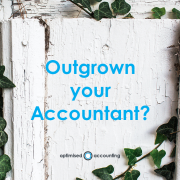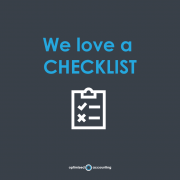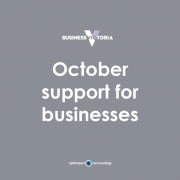Sometimes accountants use words that most small business owners don’t understand. We try our best not to do that, and explain things as simple as possible. Sometimes though, there are some important terms that need to be used.
Here we explain some:
1. Cash Flow
Cash Flow is simply the movement of money. So money coming in, and out of a business.
Do you have more cash flowing into your business each month than you pay out to cover costs and expenses? If so, your accountant will conclude that you’re “cash flow positive.” If the opposite is true, your cash flow statement will reveal that you’re “cash flow negative.”
Having excess cash on hand means you’re better equipped to keep up with debt, cover unforeseen expenses, and invest in growth opportunities.
2. Profit and Loss Statement
The profit and loss statement (also known as the income statement) is one of the most important documents used by accountants to determine the profitability of your business.
The P&L statement lists revenues and gains as well as expenses and losses over a specific period of time (typically every three months for small businesses). It calculates your all important “bottom line” so you know if you’re operating at a loss or turning a profit.
3. Gross vs Net Profit
Gross profit is what remains when you subtract the cost of goods sold (COGS) from your total revenue. Net profit, on the other hand, drills deeper. It reveals your exact dollar per profit of sales after subtracting all operating expenses, including COGS, taxes, interest paid on debt, etc.
Gross and net profit are both profitability ratios. They are key for measuring business performance against an industry benchmark and your competitors.
4. Profit Margin
Profit Margin is always a percentage, and is a measure of profitability.
This is the amount off each sale that you get to keep after you have taken away the costs involved.
5. Balance Sheet
The balance sheet offers a snapshot of your overall financial position at a particular moment in time. It lists the assets (such as cash, inventory, accounts receivable, and equipment); liabilities (like accounts payable, income tax, and employee salaries); and shareholder capital. In a nutshell, the balance sheet shows what you own, as well as what you owe.
6. Accounts Receivable & Accounts Payable
Simply put, accounts receivable is money your business is owed by customers for goods or services sold. It is considered an asset on your balance sheet. On the other hand, accounts payable is money you owe suppliers and any bills you have yet to pay, so it’s listed as a liability on your balance sheet.
7. Bad Debt Expenses
Bad debt happens when you can’t collect payment from your customers. Long term outstanding accounts receivable could be listed on your balance sheet as “bad debts”, and if they’re never collected, may have to be written off as a loss.
And there you have it – seven key terms to help you build your accounting vocabulary.
Learn more tips for optimising your business
There are many tricks to the trade, and if you want to make the most of them to grow your business, jump into our email newsletter:










